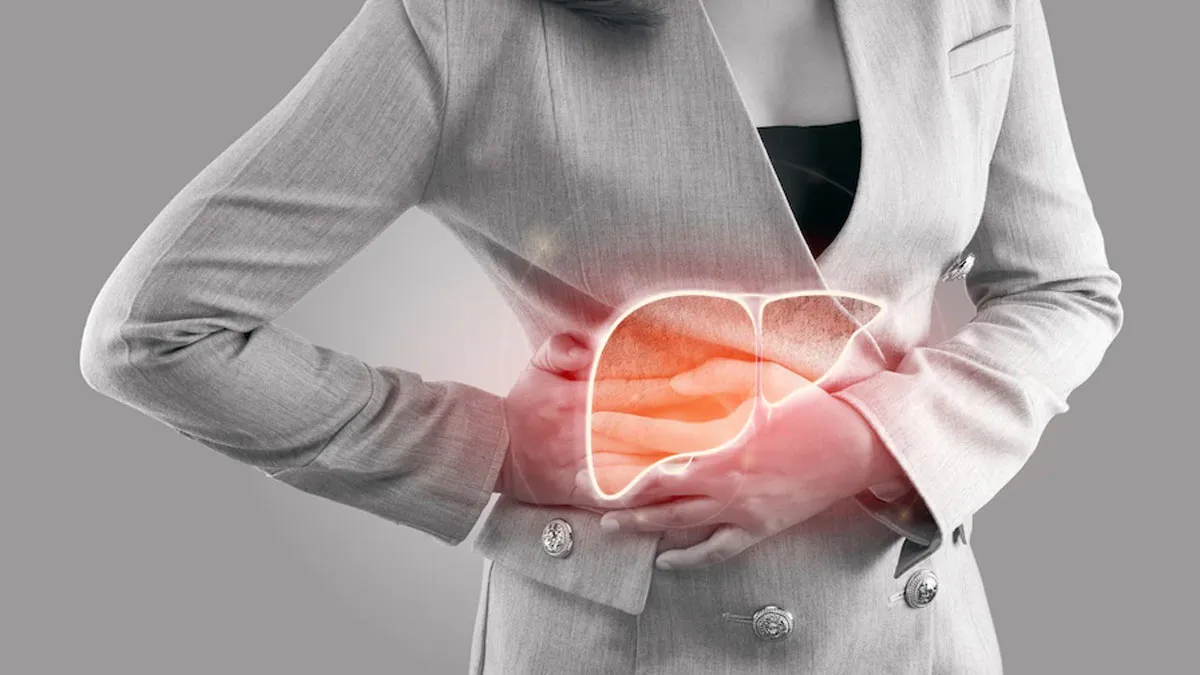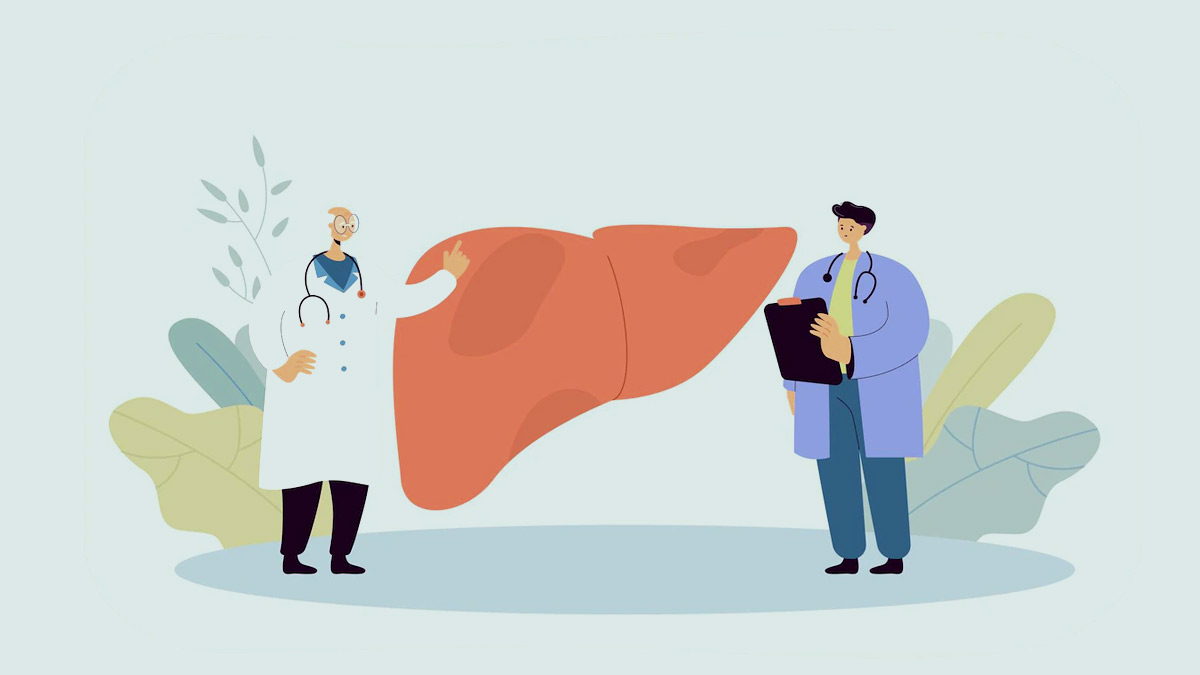
In our quest for health and fitness, we usually pay attention to outer things such as weight and physical fitness. But there is one essential organ, usually quietly working unnoticed, which can retain a clandestine load that can directly affect our overall well-being: the liver. When your liver begins storing excess fat, a condition called Non-Alcoholic Fatty Liver Disease (NAFLD), it can set the stage for more advanced health issues.
Table of Content:-
In an exclusive interaction with the editorial team of Onlymyhealth, our expert, Dr Shrey Kumar Srivastav, General Physician and Senior Consultant, Sharda Hospital - Noida, explained that the initial symptoms are usually subtle and easy to overlook. He also highlighted the hidden signs that your liver may be under duress.
Hidden Signs That Your Liver Is Storing Fat
Here are five signs that your liver may be storing excess fat, according to Dr Srivastav:
1. Chronic, Unexplained Fatigue
The most commonly neglected symptom is persistent tiredness, even with proper rest. We all feel tired now and then, but if you're consistently drained, can't focus, and experience a general feeling of heaviness, it's time to think about your liver. A fatty liver cannot do its detoxification job properly, and it accumulates toxins that can cause this persistent fatigue.

Also Read: Liver Doc Spills The Tea On Best And Worst Tea Brews For Liver Health
2. Stubborn Abdominal Weight Gain
Another not-so-obvious indicator to be traced to other causes is unintended weight gain, especially around the waist. Diet and inactivity are frequent offenders, but a slow liver can also clog up your metabolism and fat-burning mechanisms. If you're gaining weight and seemingly nothing's changed about your lifestyle, or if you find it particularly hard to lose those extra pounds, especially around your waist, your liver could be sending out a distress signal.
3. Abnormal Skin Changes
Did you notice skin alterations such as dark spots (acanthosis nigricans) or spider angiomas (spider-like veins)? Acanthosis nigricans, usually found in the armpits, neck, or groin, is most often linked with insulin resistance, a frequent precursor to NAFLD. Spider angiomas, tiny red marks with radiating veins, may signify liver dysfunction as the liver fails to metabolise hormones efficiently. These seemingly insignificant skin problems may prove to be useful visual indicators.
4. Ongoing Digestive Discomfort
Digestive discomfort, while frequently nonspecific, can also indicate liver problems. Ongoing nausea, some abdominal pain or discomfort (most commonly the upper right area), and intolerance to fatty foods may be more than indigestion. When the liver is loading up on fat, it can impair its ability to make bile, which is critical for the digestion of fat. This may result in queasiness after eating, particularly fatty foods, and a general feeling of discomfort in the abdomen.

5. Brain Fog and Mood Changes
Lastly, watch your mood and mental function. A stressed liver can affect brain health, a condition referred to as hepatic encephalopathy in extreme cases. Although initial NAFLD will not trigger severe encephalopathy, you may experience brain fogginess, concentration problems, forgetfulness, or even mood swings. These are experienced because an impaired liver will not effectively filter out toxins that then interfere with brain function.
Bottomline
Although these symptoms can result from numerous health problems, their continued occurrence requires consideration, particularly if you have risk factors for NAFLD like obesity, type 2 diabetes, hypercholesterolemia, or disease family history. Identifying these covert signs early can give you the power to request medical consultation, receive an accurate diagnosis, and make lifestyle adjustments to reverse liver fat buildup before it creates more complex health issues. Your liver is a workhorse; listen to its soft murmurs before they turn into shouts.
Also watch this video
How we keep this article up to date:
We work with experts and keep a close eye on the latest in health and wellness. Whenever there is a new research or helpful information, we update our articles with accurate and useful advice.
Current Version